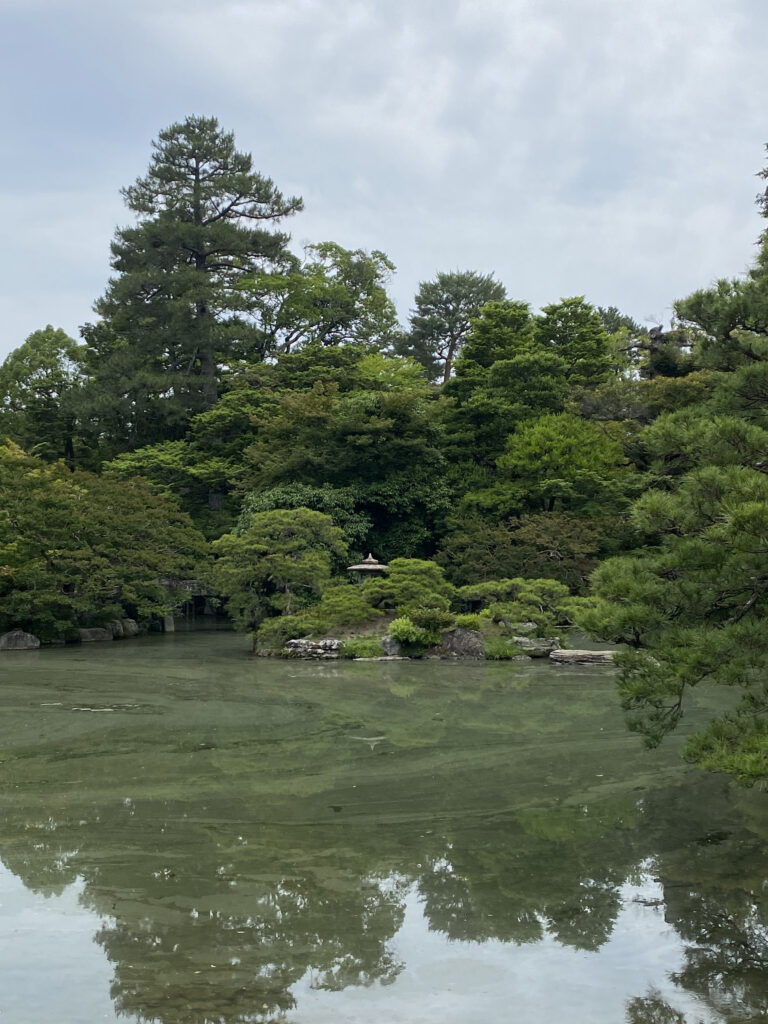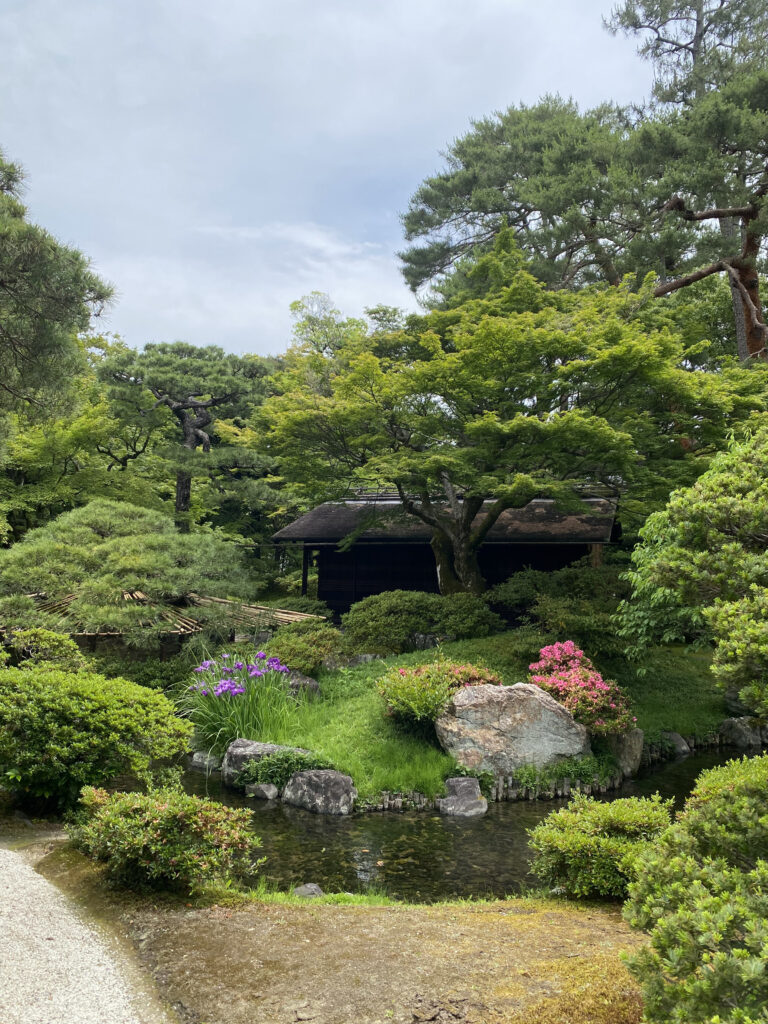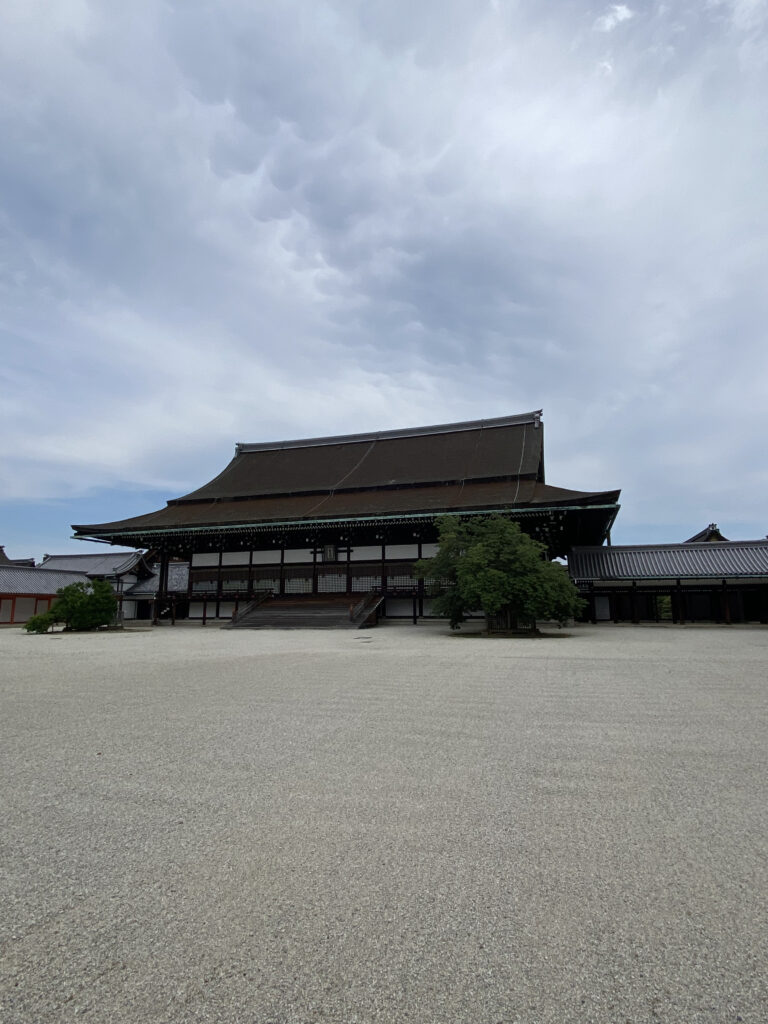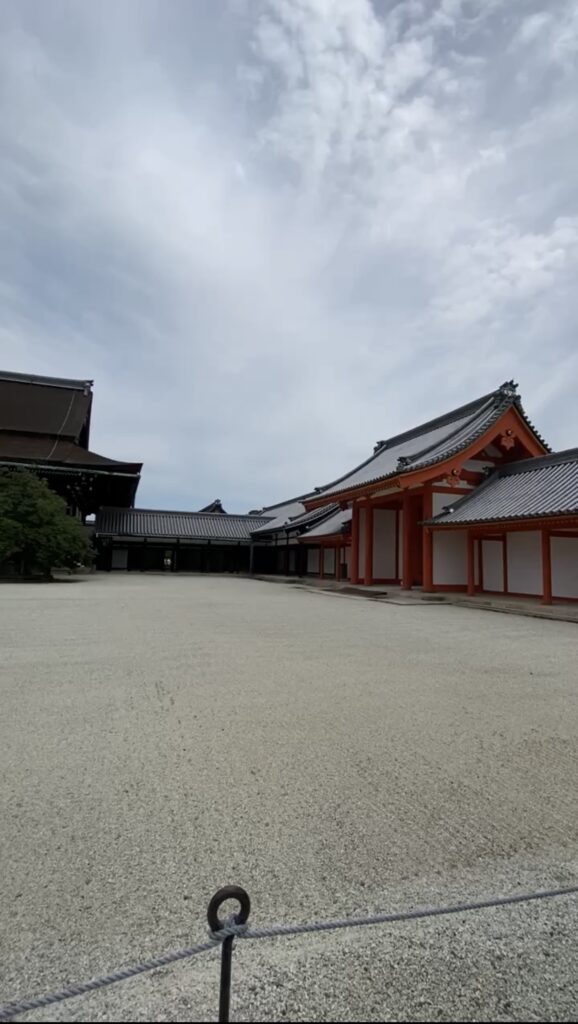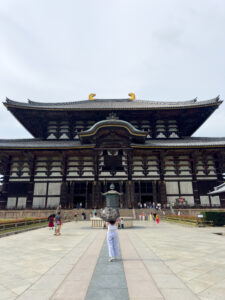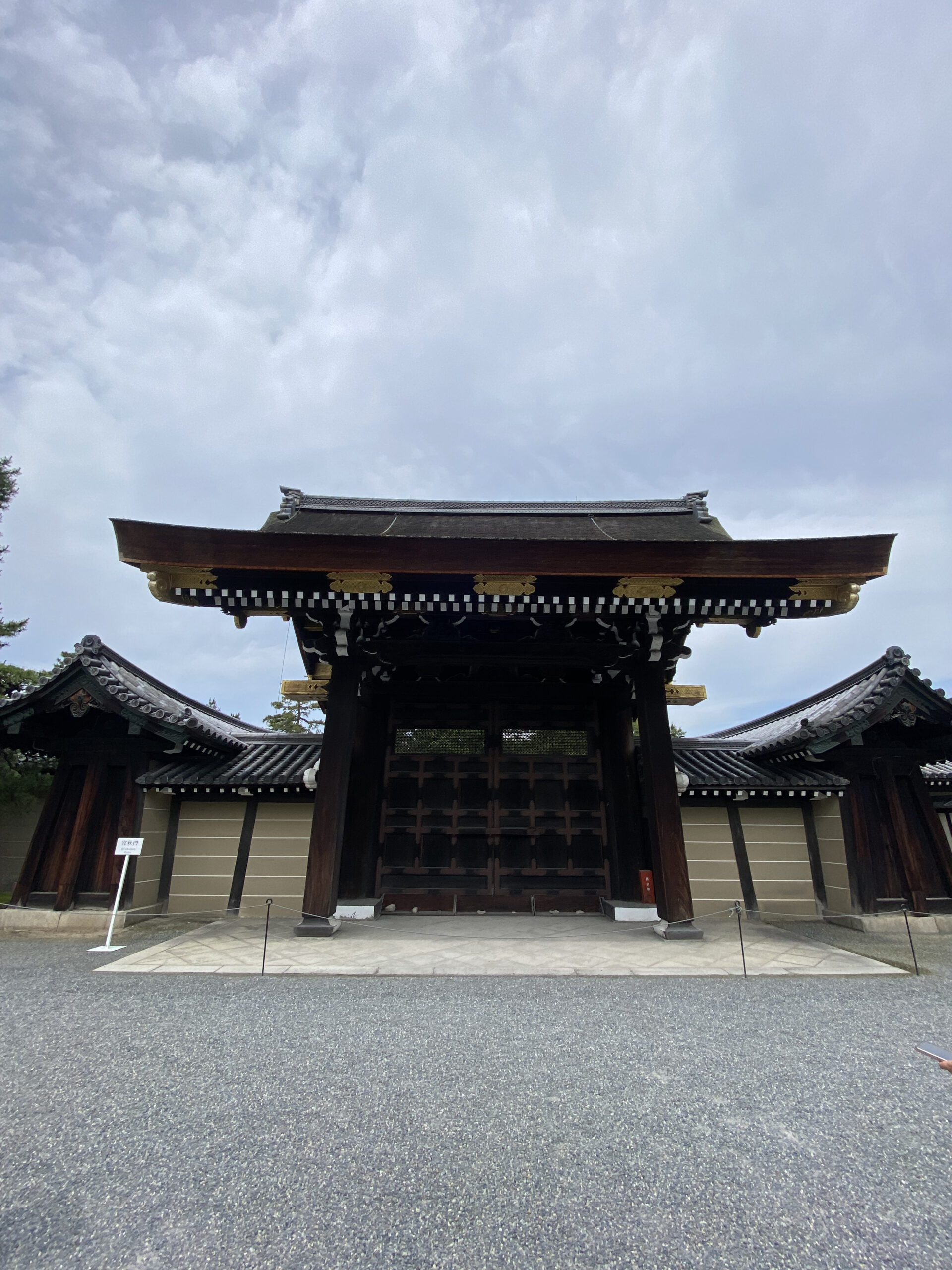
Can you imagine a residential site that spans a total of 27 acres surrounded by a large wall with the sole purpose of protecting the imperial family? Imagine also two large gardens that offer a calm area to walk through, as well as several smaller buildings each with their own purpose.
In the middle of the traditional city stands the great Kyoto Imperial Palace, home of emperors for centuries until the shift to Tokyo with the Meiji Restoration in 1869. With such rich architectural and cultural history, the palace serves is a reminder of Japan’s imperial past.
The Kyoto Imperial Palace served as the emperor’s main residence for 500 years. After Emperor Kogon’s enthronement in 1331, it became the residence for the following emperors until 1869. With the emperor residing in Kyoto, the city become the most influential city of Japan during this time.
The city of Kyoto became a living example of how Japanese society should be. From the type of architecture, infrastructure and culture, Kyoto showcased the expectations the emperor demanded of his people.
The Imperial Palace is a perfect example of the style of architecture favored by the emperors. It displays a love for Chinese architecture through its brightly red and orange colored walls that encompass the Kogosho (palace for ceremonies and imperial audiences).
Furthermore, the palace Shishinden (hall for state ceremonies) is a prime example of Heian Japanese architecture. It was built to exclusively showcase traditional Heian period architecture, as it would be the location of ancient ceremonies and rituals. The addition of colonnades, courtyards and ponds were a staple in Heian period architecture and can be seen clearly in the Shishinden and near the Kogosho and Ogakumonjo (palace for study and other ceremonies).
The courtyard outside the hall for state ceremonies has a cherry tree to the left and a mandarin orange tree on the right. The inclusion of a garden, simple yet pleasing to the eye, brought to life the Heian period architecture. It was popular to have grand courtyards overlooking the outside of state buildings that created the illusion of a calm, almost sleepy environment.
The Kyoto Imperial Palace includes the Oikeniwa and Gonatei garden. Each garden has its own pond and bridge, which further depicts the Heian period architecture. Both gardens are next to important state buildings where important decrees or events occurred.
Throughout the Heian period, the love of colannades, courtyard gardens and large ponds was apparent. Although the Kyoto Imperial Palace experienced several fires throughout the years, the government did its best to restore the traditional architecture of the palace.
Throughout Kyoto’s evolution, the love for what is traditional continued. From architecture and then on to infrastructure, the traditional aspects always shined through.
As time passed, the use of traditional infrastructure continued too. Since the imperial times, Kyoto’s infrastructure has been well developed.
The Japanese government took inspiration from Chinese architecture, but they also borrowed the Chinese way of forming their capitals into a grid. The city roads were first formed into a grid-like pattern, named the jo-bo system, that proved to be very efficient and easy to navigate for the locals.
The grid road system not only allowed a clear understanding of the road system, but it also gave way to the ability to track the ownership of land.
With the city of Kyoto already being in a grid pattern, it was easy to draw out individual pieces of land. Having a clear picture of plots of lands allowed for a land management system to be established. The ownership and use of the plot of lands was easily depicted for everyone to see and for one to navigate through the city easier.
Japan and China being so close together and having several periods of friendship, alliances and disagreements, meant that a cultural exchange was inevitable. Examples of this connection between Japan and China are evident in the Kyoto Imperial Palace and the city of Kyoto itself.
Furthermore, we also see the originality of Japanese culture as well. Kyoto was given the name as the most traditional city in Japan not only for its architecture and infrastructure but also because of the culture that surrounds it.
In Kyoto, the presence of geisha, traditional Japanese entertainers, adds to the unique culture of that city. The majority of the modern day geisha, referred to as geiko in Kyoto, is part of the reason this city is considered a traditional city.
The appearance of geisha came to be in the 18th century. With an imperial culture still present in modern day, makes this culture even more special. Being able to see a culture that could have disappeared but is still prospering is what gives Kyoto a feel of the past.
The geiko culture is still very much present in the city. It might not be a popular type of work as it was back in the imperial times, but it gives us a glimpse to the ways of the past. With the geiko still practicing traditional Japanese dances, music and song, it keeps the traditional Japanese culture alive.
The inclusion of a specific area for the geiko in the Gion district adds an extra layer of traditional cultural preservation. This protected district allows for the imperial Japanese culture to shine with the open and easy to navigate streets for tourists and locals alike.
Regardless of the many changes in Japanese history, the traditional aspects are still very much alive. With the aid of the current Japanese government, all traditional buildings like the Kyoto Imperial Palace, are being carefully restored or rebuilt to show the originality of the imperial times.
